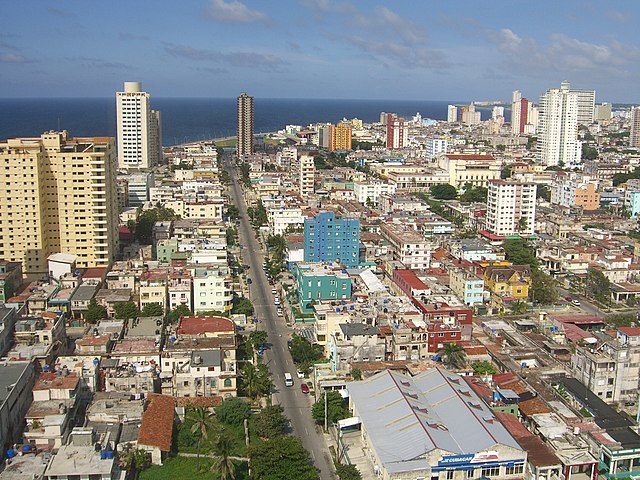Leonardo Morales y Pedroso
Leonardo Morales y Pedroso was one of the most prominent Cuban architect in Cuba in the first half 20th century.
In 1900 he entered and attended pre-university studies at De Witt Clinton High of New York, where he obtained a bachelor's degree.
In 1909 he graduated of Bachelor in Architecture from Columbia University. After graduating, he returned to Cuba in 1909 where he worked a time in the local architect firm of Newton & Sola with the architect Thomas M. Newton, who was director of the civil construction section of the Secretary of Public Works during the 2nd American intervention in Cuba.
In February 1910, he returned to the United States and obtained a master's degree (Doctor) in Architecture from Columbia University in the State of New York.
After obtaining his doctorate in architecture he joined in March 1910 the architecture Company Morales y Mata arquitectos, created in 1907 by his elder brother the engineer Luis Morales y Pedroso in association with the master builder Jose F. Mata. In 1917, after having built more than 30 important buildings, they decided to separate from José Mata, who had to stop working because illness and died a short time later. The company changed its name for Morales y Compañia Arquitectos with his brother the engineer Luis Morales y Pedroso as president and Leonardo as Associate together with other 7 architects. He was able to obtain noteworthy real estate commissions partly because of his family's origin, good social connections and social standing in Havana high society. He was named by the Cuban press of the time as the "Havana's architect" and his architectural style is recognized as the "Morales style".
During 50 years Leonardo Morales y Pedroso received around 250 notable architectural commissions, some of them include:

Cuban Telephone Co. Havana, Cuba
Colegio de Belén in 1950's
La Mansión de Mark Pollack in 1931.
Havana is the capital and largest city of Cuba. The heart of the La Habana Province, Havana is the country's main port and commercial center. It is the most populous city, the largest by area, and the second largest metropolitan area in the Caribbean region. The population in 2002 was 2,137,847 inhabitants, and its area is 728.26 km2 (281.18 sq mi) for the capital city side and 8,475.57 km2 for the metropolitan zone.
Image: Línea, La Habana, Cuba
Image: Havana (Cuba, February 2023) 98
Image: Havana malecon (cropped)
Image: Comité Central del Partido Comunista Palacio de la Revolucion (18086011665)







